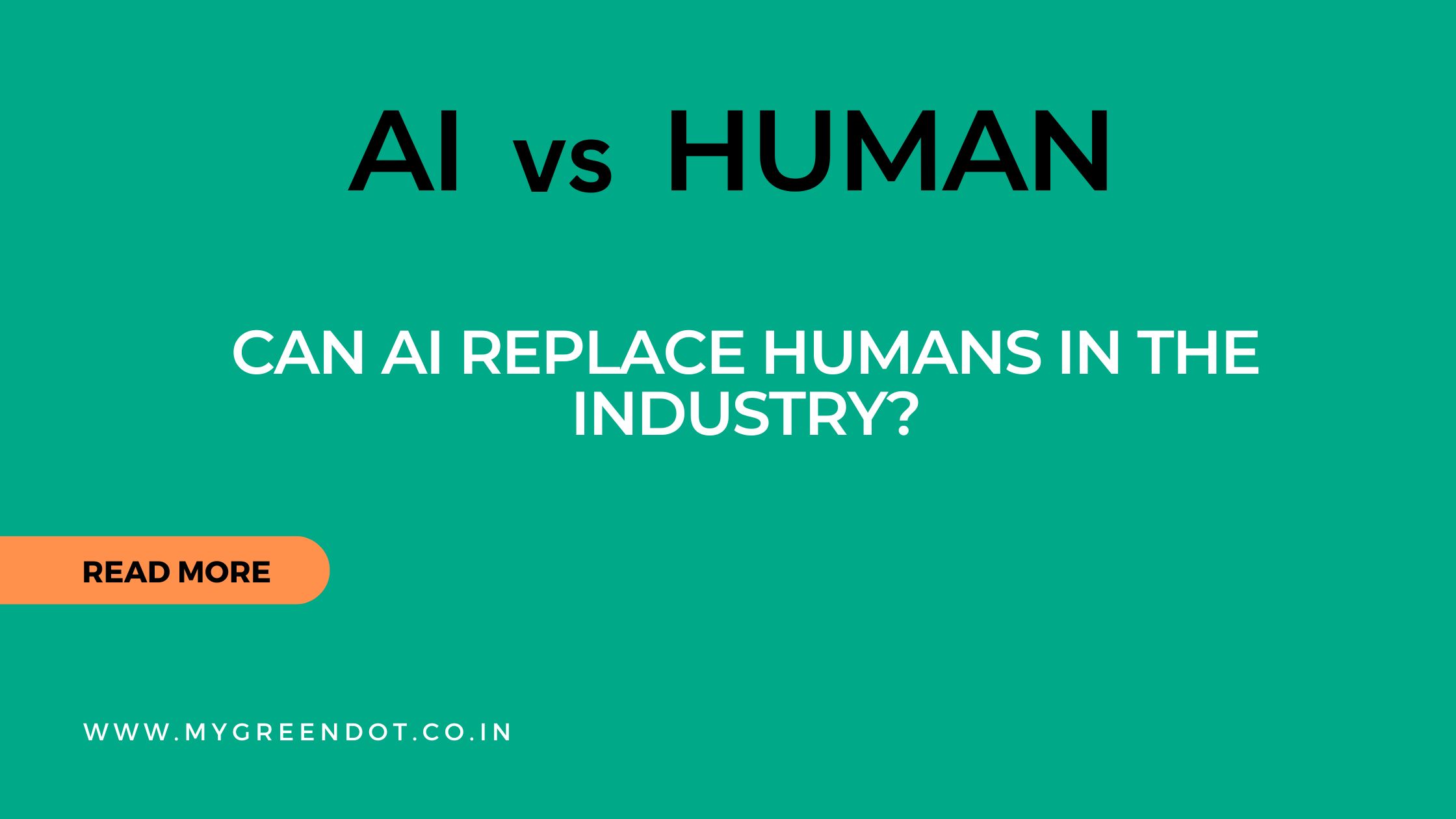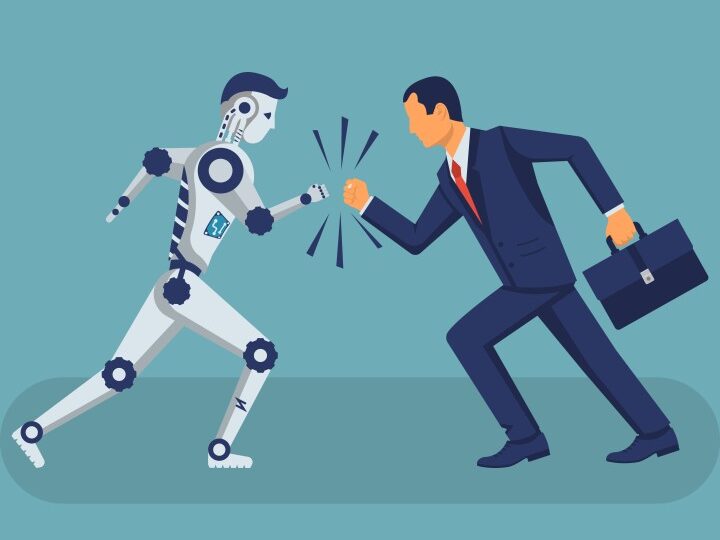Artificial Intelligence (AI) has been a driving force behind the rapid transformation of industries in recent years. From automating routine tasks to enabling smart decision-making, AI's influence is undeniable. As we transition from Industry 4.0 to Industry 5.0, the question of whether AI can replace humans in the industry becomes more pressing. Let's explore the potential and limitations of AI in this context and understand the evolving roles of humans in these industrial revolutions.
The Role of AI in Industry 4.0
Industry 4.0, often referred to as the fourth industrial revolution, centers around the integration of digital technologies into manufacturing for production improvement, reduced lean waste, Improved overall equipment efficiency, and improved industrial processes. Key components include the Industrial Internet of Things (IIoT), big data analytics, cyber-physical systems, and AI. Major concern points in Industry 4.0 are:
- Automation and Efficiency
- Predictive Maintenance
- Supply Chain Optimization
- Quality Control etc.
Despite these advancements, Industry 4.0 does not eliminate the need for human involvement. Humans play crucial roles in overseeing and managing AI systems, making strategic decisions, and handling complex tasks that require creativity and critical thinking.
Can AI Replace Humans?
The question of whether AI can replace humans in the industry is complex and multifaceted. Here are some considerations:
- Task Specificity: AI excels in specific tasks, especially those that are repetitive, data-driven, and require high precision. However, it struggles with tasks that require creativity, emotional intelligence, and nuanced understanding.
- Human Creativity and Judgment: Certain roles, such as strategic planning, creative design, and complex problem-solving, inherently require human ingenuity and judgment. AI can assist but not replace humans in these areas.
- Ethical and Social Implications: The wholesale replacement of humans with AI raises ethical and social concerns, including job displacement and the impact on livelihoods. A balanced approach that combines AI with human talent is essential.
- Limitations of AI: Despite its capabilities, AI has limitations. It cannot understand context, emotions, and ethical considerations fully. Human oversight is crucial to ensure AI systems operate responsibly.
Preparing for the Future
As AI continues to evolve, the industry must focus on creating a harmonious relationship between humans and machines. Here are some steps to prepare for the future:
- Invest in Education and Training: Equip the workforce with the skills needed to work alongside AI. Continuous learning and development programs are essential.
- Promote Ethical AI: Develop and implement guidelines to ensure AI operates ethically and transparently, respecting human rights and societal norms.
- Foster Innovation: Encourage a culture of innovation where humans and AI collaborate to drive creativity and solve complex problems.
- Support Workforce Transition: Provide support for workers transitioning from traditional roles to new roles that involve working with AI, including reskilling and job placement programs.
Rather than viewing AI as a replacement for human workers, it’s more productive to see it as a tool that can augment human capabilities. This is going to be the next industrial revolution Industry 5.0. Here are some ways AI and humans can collaborate effectively:
- Augmented Intelligence: AI can assist humans by providing data-driven insights and recommendations, enabling better decision-making. For instance, in healthcare, AI can analyze medical records to suggest potential diagnoses, while doctors make the final judgment.
- Enhancing Productivity: By automating routine tasks, AI allows humans to focus on more complex and creative aspects of their jobs. This can lead to higher job satisfaction and increased innovation.
- Skills Development: The rise of AI creates new opportunities for skill development and job roles that did not exist before. Workers can be trained to manage and work alongside AI systems, opening up new career paths in AI development, data analysis, and robotics.
- Improving Safety: AI can take over dangerous tasks, reducing the risk of injury to human workers. In industries like mining, construction, and manufacturing, AI-powered machines can handle hazardous environments, ensuring worker safety.
AI is a powerful tool that can transform industries, enhancing efficiency, productivity, and personalization. However, it is not a replacement for human talent and creativity. Industry 4.0 and Industry 5.0 demonstrate that the future of the industry lies in the collaboration between humans and machines. By leveraging the strengths of both, we can create a more innovative, efficient, and sustainable industrial landscape. The key is to embrace AI as a partner rather than a replacement, ensuring that humans remain at the heart of industrial progress.



